Today’s post, how to clean plastic cutting boards is a direct result of yesterday’s post, How to cut a pomegranate. After cutting that pomegranate I got distracted, and I left the cutting board with the super staining pomegranate juice for a few hours. You can see that all of that bright red juice crept into the knife grooves in the board, and they just wouldn’t come out with plain old scrubbing.
Below are the photos of what I started with. The ultra red stain is before any washing at all. You can see the glob of Dawn soap in the middle before I scrubbed it.
So that began my mission of figuring out how to clean plastic cutting boards. I found lots of resources for cleaning a wooden cutting board, but there just weren’t very many for the plastic ones.
My first attempt was a failure. I tried:
- 1 Tbsp of Dawn dish soap
- 2 Tbsp of vinegar
I scrubbed the mixture into the plastic cutting board but I was disappointed with the results. Maybe I was supposed to let it sit for longer? But with this attempt, there was zero change.
For attempt #2, I tried using hydrogen peroxide. I poured the peroxide directly onto the cutting board, scrubbed it in as best as I could and let it sit for 20 minutes. I was expecting some kind of improvement, but there was no change. I don’t know if it was my eyes playing tricks on me, but the stains almost looked worse!
I was really hoping to clean my plastic cutting boards with a nice natural and gentle method, but nothing was working. So it was time to pull out the big guns:
This was actually the first time I had ever even purchased bleach, so I am not experienced with using it at all. I was extremely nervous about how it would work.
How to clean plastic cutting boards tutorial
For attempt #3 I used:
- 1/4 cup to 1/2 cup bleach
- 4 litres (1 gallon) of hot water
I filled the sink with the hot water first, and then I added the bleach. I didn’t measure exactly because I didn’t want to pour bleach into my good measuring cups. Then I swished the water around using the cutting board and let it sit in the mixture for about 20 minutes. Even just sitting in the sink I could see a HUGE improvement.
It motivated me to pull out my other cutting boards, which, embarrassingly, were 10 times worse than this one was! I have no idea what stained my big cutting board so badly, but yuck!!!
Check out how gleaming white my freshly cleaned cutting board looks next to the stained one above!
I made the executive decision that all of my cutting boards needed this cleaning. (It wasn’t a difficult decision). So into the bleach mixture they went.
There was a great improvement after all of my plastic cutting boards sat in the bleach for about 20 minutes, but they weren’t as gleaming white as the first cutting board that I cleaned.
You can see in the photo above, that the stain faded a lot, but it’s still clearly visible.
I don’t know a lot about bleach, but I thought maybe if I freshened up the sink of bleach that it would have better results. So I emptied out the first bleach mixture and started again with about 1/2 cup of bleach and 4 litres (1 gallon) of hot water. I let them sit for about half an hour this time, and I got great results!
After letting them sit I scrubbed them with soap and water until they didn’t smell like bleach anymore. And then I ran them through the dishwasher, just to be sure all the bleach was gone.
Here are a few of the before and after shots:
You can see the huge improvements for yourself in the before and after photos above! The really badly stained one still has some traces of the stain left, but it’s so much better than the terrible before photo!
Most of my cutting boards are gleaming white again. I thought I was going to have to throw out all my cutting boards and invest in new ones, but it turns out a little cleaning made them as good as new!
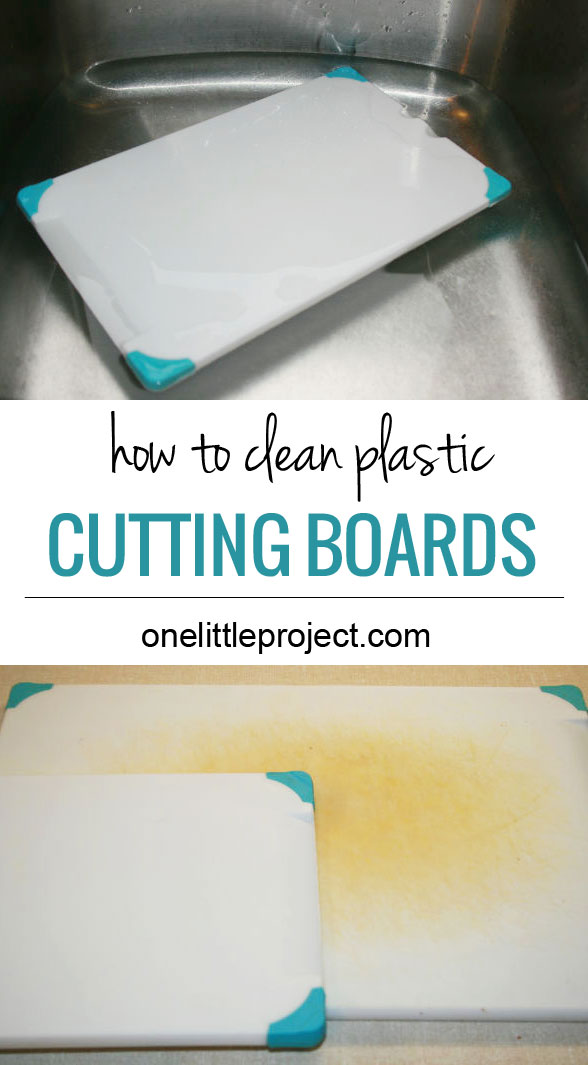
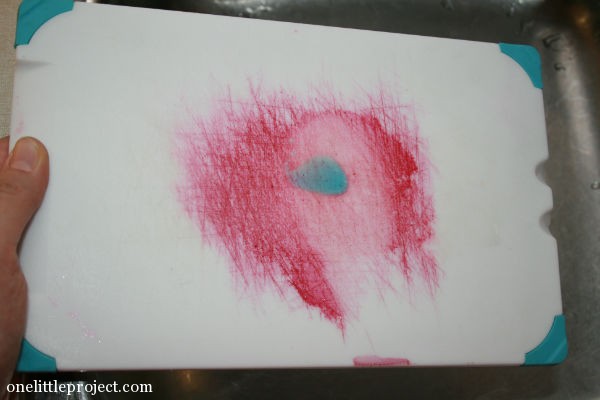
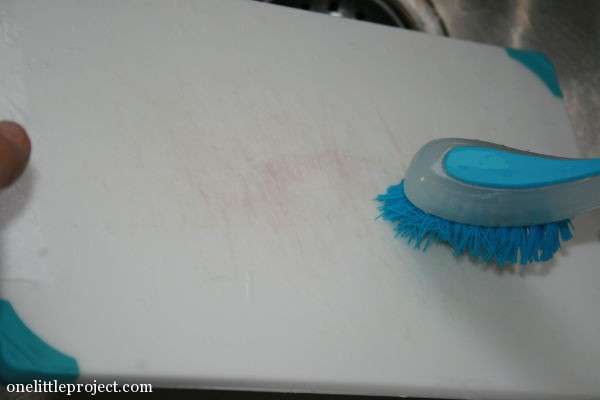
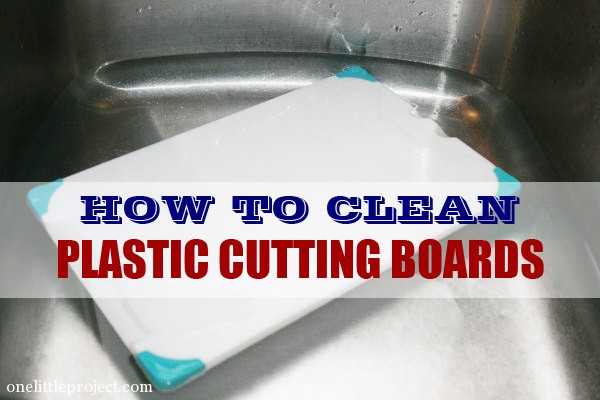
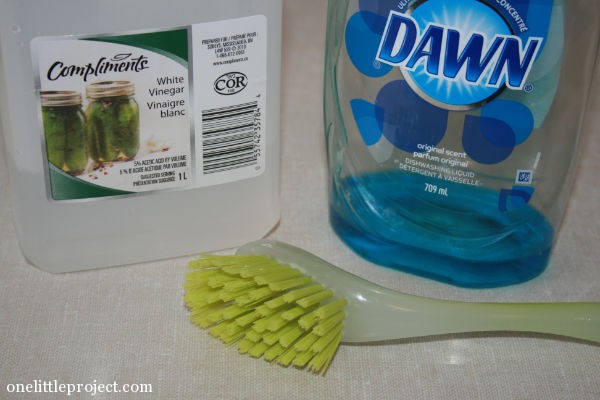
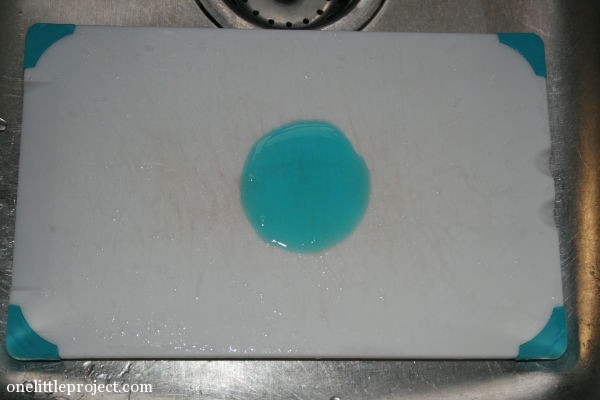
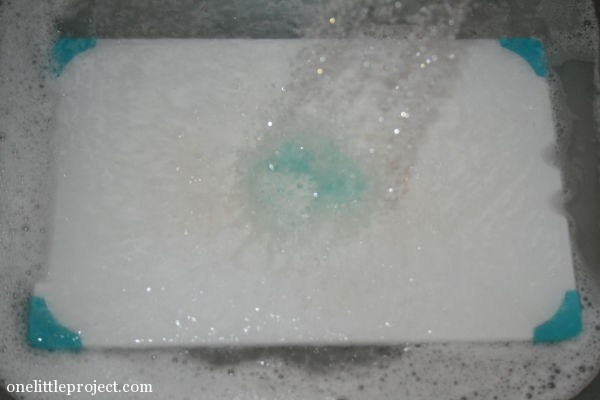
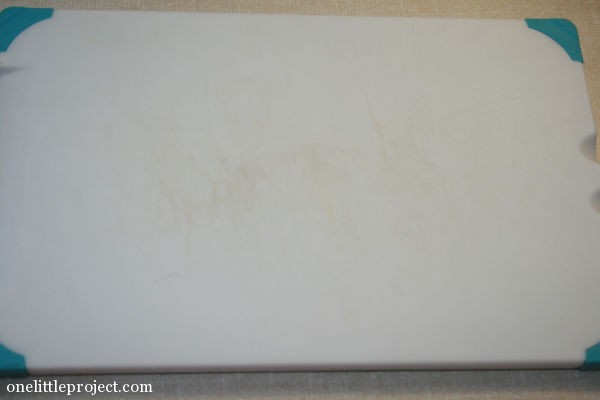
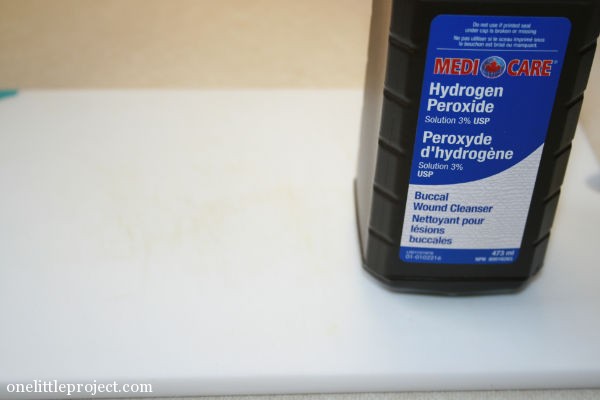
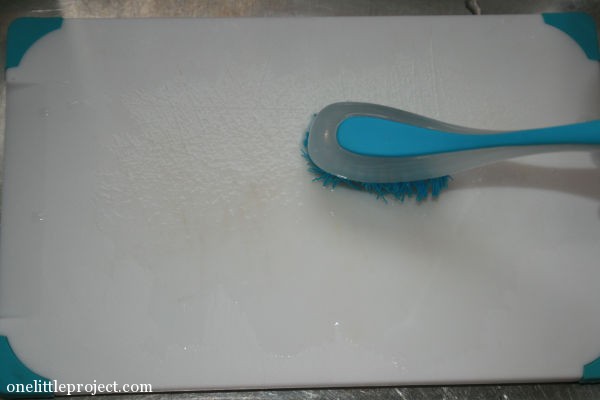
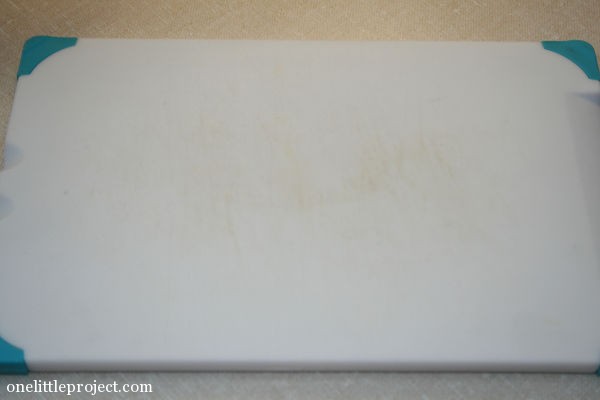
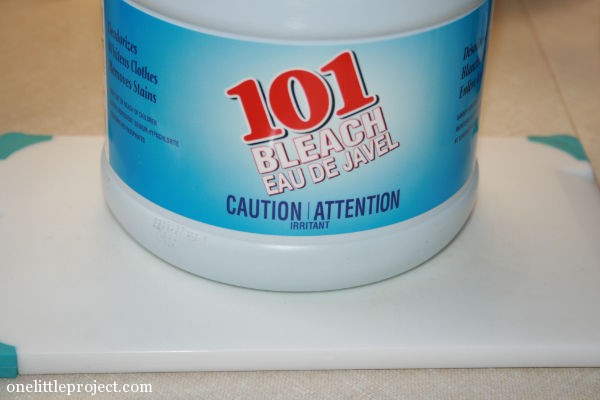
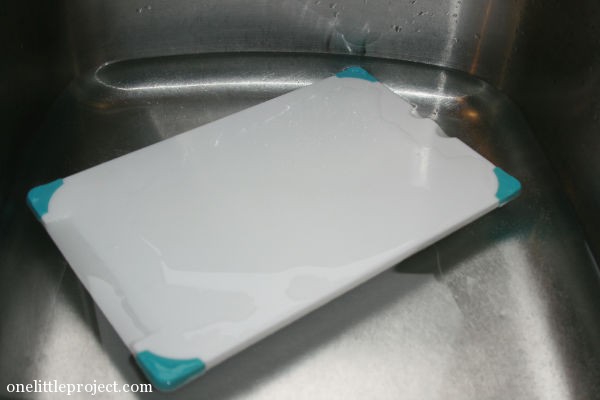
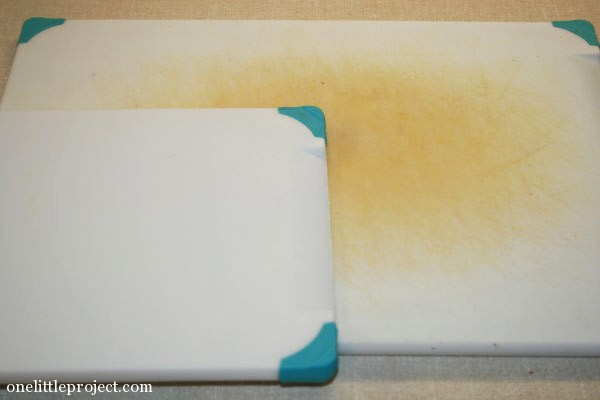
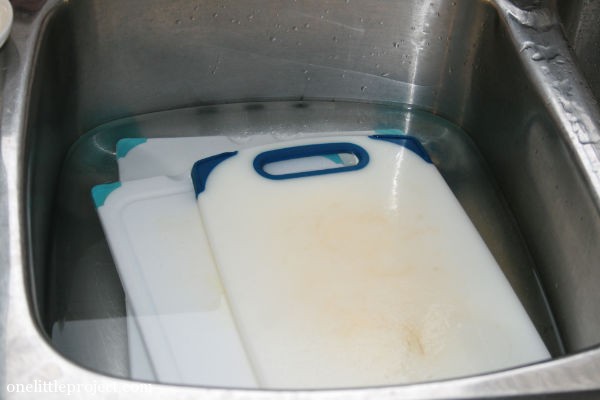
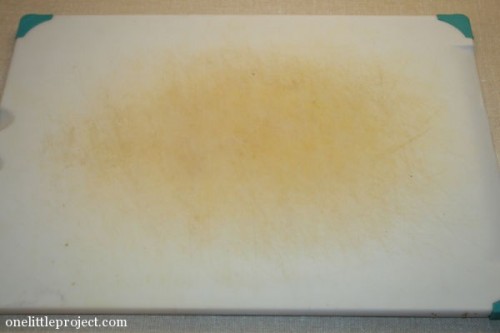
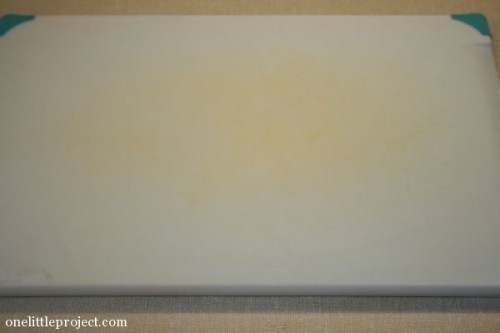
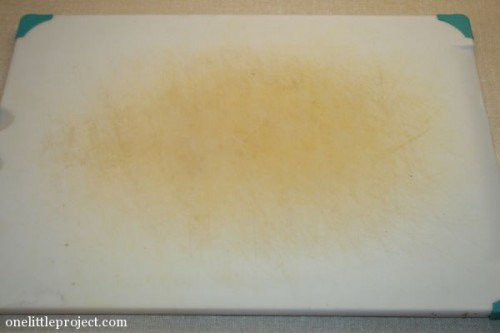
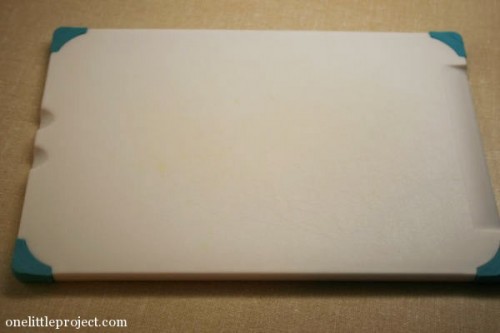
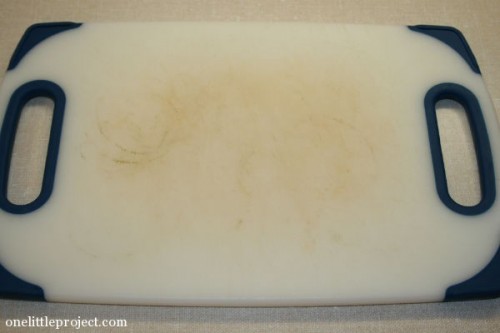
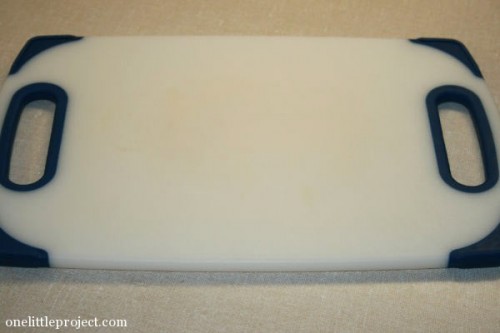
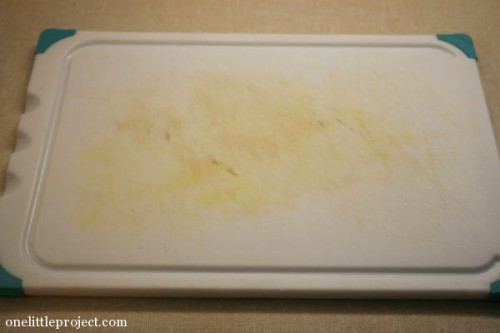
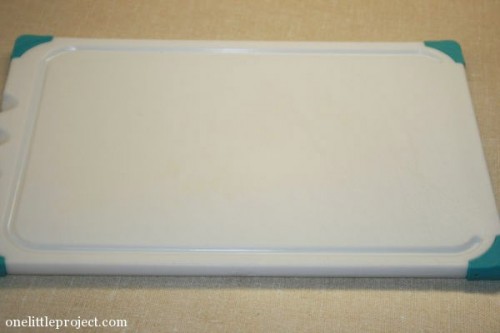
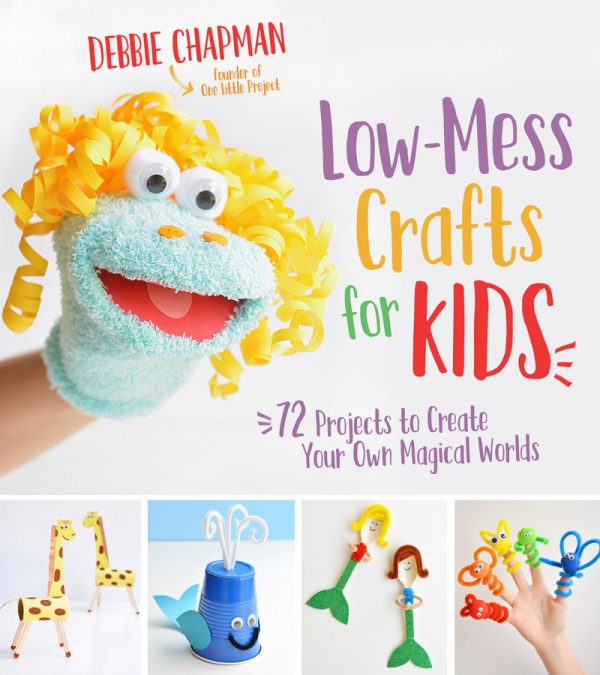
THANK YOU for posting this! We’ve been eating more tomatoes recently and now I have lovely red stains on all 3 of my cutting boards and knew that there was a way to clean it, but I wanted to get it right the first time. 😉 So thank you for going through all of the different tests, very informative!
Even after cleaning you have the cuts in the board which will fill up with food debris quickly. After cleaning use a medium grit sandpaper then a fine grit sandpaper and smooth out the cuts in the board. You’ll be very pleased with how much longer your boards stay clean.
bleach is dangerous….yes it works and I used to always clean my cutting boards until I read an article about how dangerous it is in our clothes, our cutting boards, etc. (plastic…just think how it is absorbed)…buy a new one….more healthy
You guys DO realize that the restaurant industry uses bleach ALL THE TIME to sanitize hard surfaces, dishes, cutting boards, etc. and DOES NOT RINSE IT OFF, right? Bleach at these levels is NOT harmful to you in the way you’re thinking. In the restaurant industry, we use 150-200ppm (parts per million…or about a 10-15% bleach solution diluted with water) to sanitize darn near everything. Dishes are washed in hot soapy water, rinsed in clean hot water and then rinsed again in the diluted bleach solution. Then, they are left to air dry before being put away. We soak cloths/bar towels in this same diluted bleach solution (made up into a separate bucket) ALL DAY which is used for wiping down counters, cutting boards, knives, and other things in between uses. This ensures any bacteria from cross-contamination will be killed and pose no risk of foodborne illness. My measuring cups are rinsed in bleach DAILY…as are many belonging to restaurants, bakeries, grocery stores, concessions, caterers, food trucks, and any other food service area near you. 😉 Bleach is EXCELLENT for killing bacteria and sanitizing things (and yes…the marks on your white polypropylene cutting boards DO contain bacteria which COULD be harmful to you. Wash them often and bleach them at least once a week or so, at home). Bleach is your friend. 🙂 Just keep it away from your colored clothes/beware of stains! 😉
Awesome comment! Thanks for taking the time to write this out! I had no idea, and I actually feel better knowing that restaurants use it!! Can I ask, is it regular bleach that restaurants use? I think I used bleach from the dollar store (This post was 4 years ago so my memory is a bit foggy… Ha!) and I’m wondering if you know if all bleach is created equally or if you use a special restaurant grade bleach?
My hubby worked in the meat cutting industry for years. Always used beach to sanitize. You don’t need much for killing bacteria, but a bit more for stain removal. I use diluted bleach in the kitchen and bathrooms for sanitizing. I also soak hairbrushes, combs, etc in diluted bleach water in the bathroom sink to sanitize them. I do the same with my toothbrush in a glass of water, especially after a cold or flu.
Any household bleach will do, even dollar store.
Do Not mix with other cleaning products without checking labels. Some combinations create a toxic fume.
Thanks, This is very useful.
I was going to try vinegar/ lemon etc.
Bleach is direct and my misconceptions are gone.
——————
p.s. I am talking of a diff mod – not from this website!
Great post. Just what I was looking for, an authority on the subject.
Three questions:
1. There is a light residual bleach smell after using. Is this a concern? Should it be washed with soap and water until the bleach smell is gone?
2. I read that hot water stops bleach from sanitizing, so cool water should be used. I read that here: https://stopfoodborneillness.org/news-from-stop-clean-sanitize-disinfect/. What is your opinion on water temperature for the bleach rinse.
3. I was surprised to see your bleach application is only a rinse, not a soak, wash or scrub. Am I correct that a rinse is sufficient for all meats, poultry, and fish?
With sincere appreciation,
Paul
Bleach in hot water vaporize ..and bleach didn’t do anything for my cutting board 🙁
Hey, folks. Just saw this site and wanted to make some comments.
To figure parts per million, remember that parts per million is simply a ratio. So, you let the base (the liquid you are adding the chemical to) be the denominator and the bleach be the numerator…here’s how:
1 part per million is 1/1000000 or .0.000001. If you are treating one gallon of water with the bleach, Simply multiply the 0.000001 times 128 (because there are 128 ounces in a gallon), then multiply that by the number of parts per million.
So, for example, 100 parts per million and one gallon of water:
1/1000000 = 0.000001
times 128 ounces = 128 x 0.000001 = 0.000128 ounces
then multiply by 100 (parts per million)= 100 x 0.000128 = 0.0128 oz.
There are 60 drops in a teaspoon. So, we calculated around 1/10th of a teaspoon.
So, a geed rule of thumb is that 6 drops of clorox in a gallon of water is about 100 parts per million.
What happens when calculating these kind of problems is that people try to mix weight measurements and volume measurements in the same calculation and that won’t work. I show the way to calculate weights and give the rule of thumb for volume.
Clorox delivers about 8 percent chlorine equivalent when added to water. This further confuses people.
The 6 drops per gallon for 100 parts per million ought to be your guide.
Thanks for your efforts.
Another thing: heat your vinegar to 150 to 170 degrees and then use it to deep clean…it works. Just be careful- hot vinegar is nasty stuff.
TimC
I’ve used bleach at 1:1 by vol (50% soln). and I like to do it outside under intense sun. figuring that the UV rays might catalyze the chlorine action. scrub it and let it sit for 10+ minutes. add more. repeat 2-3 times. Also squirt some peroxide on there straight, and scrub some more. Maybe the oxygen catalyzes with the chlorine/UV.
The sanding recommendation is good for boards with lots of deep cuts in it.